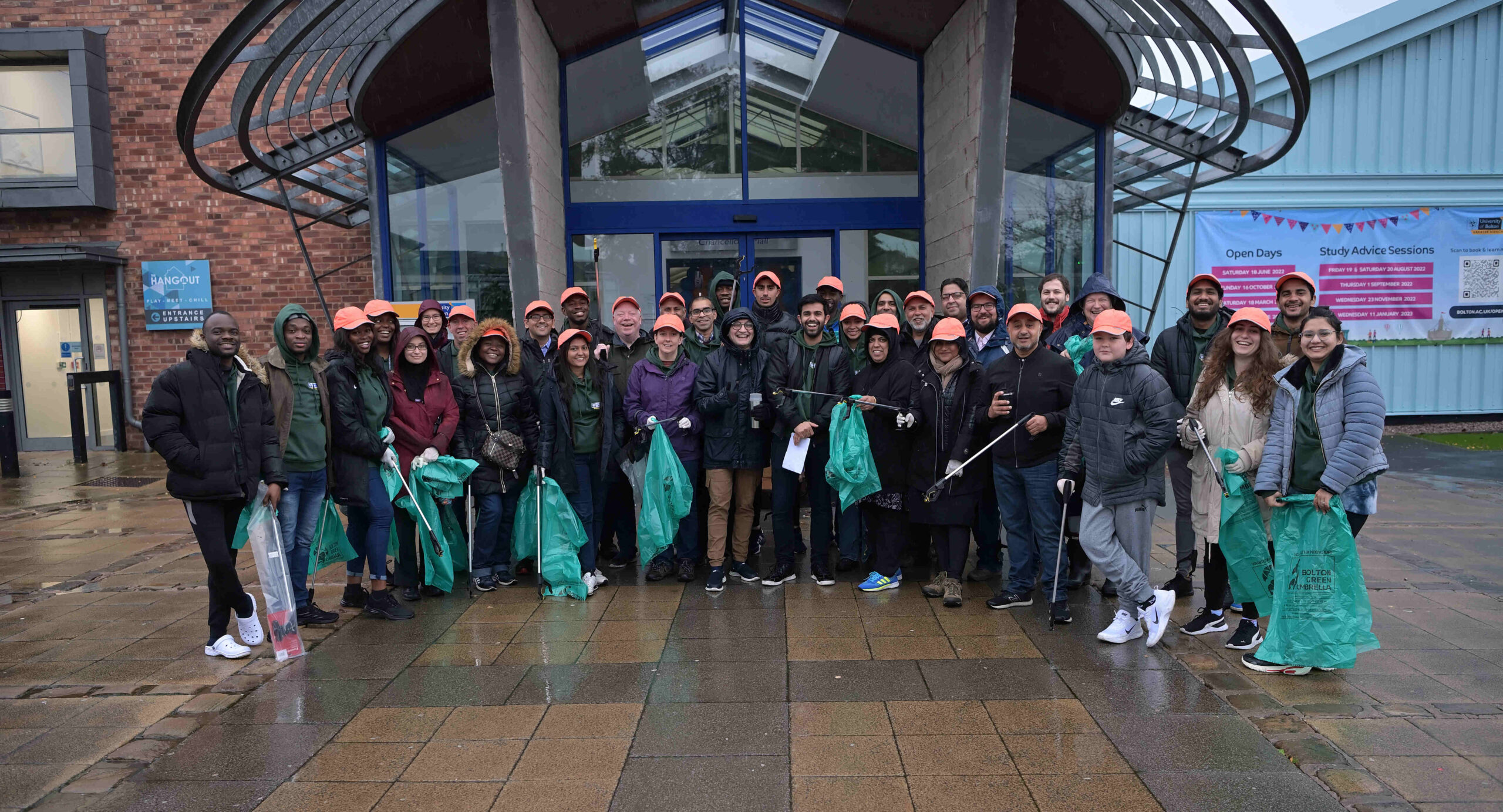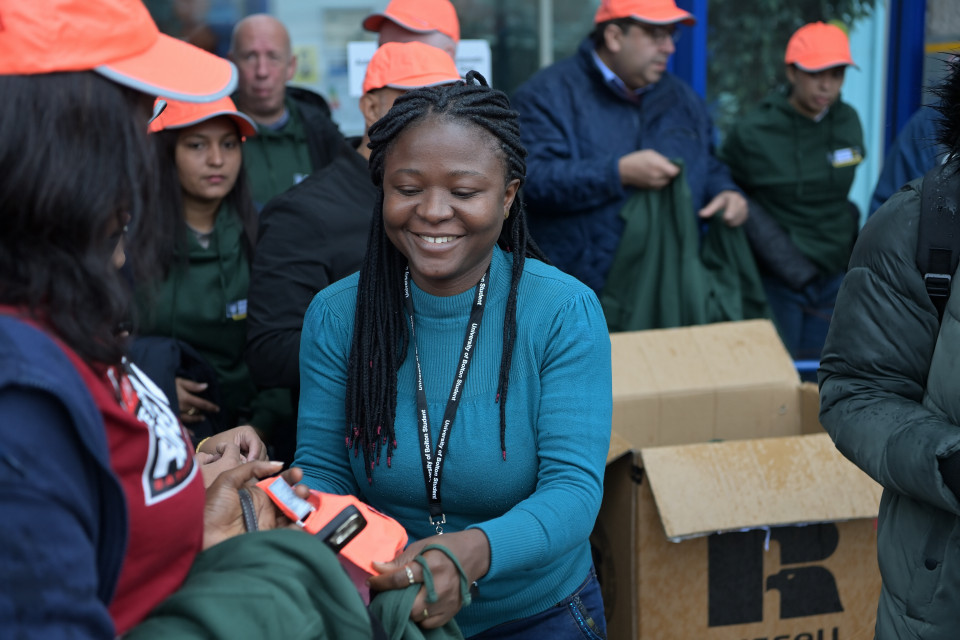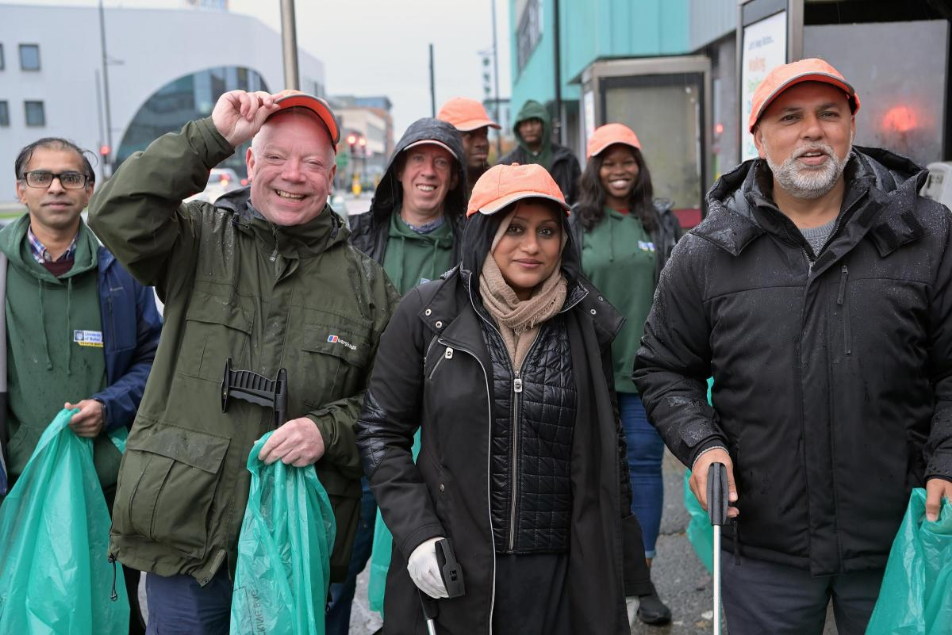TIDY TOWN
Globally morph real-time e-business with optimal users. Dramatically extend high-payoff infomediaries through integrated experiences.
Client:
Bolton Council
Partners:
PAOW by The University of Bolton
#3D #unity #iOS #android #game #agile #team #c-sharp #free-to-play
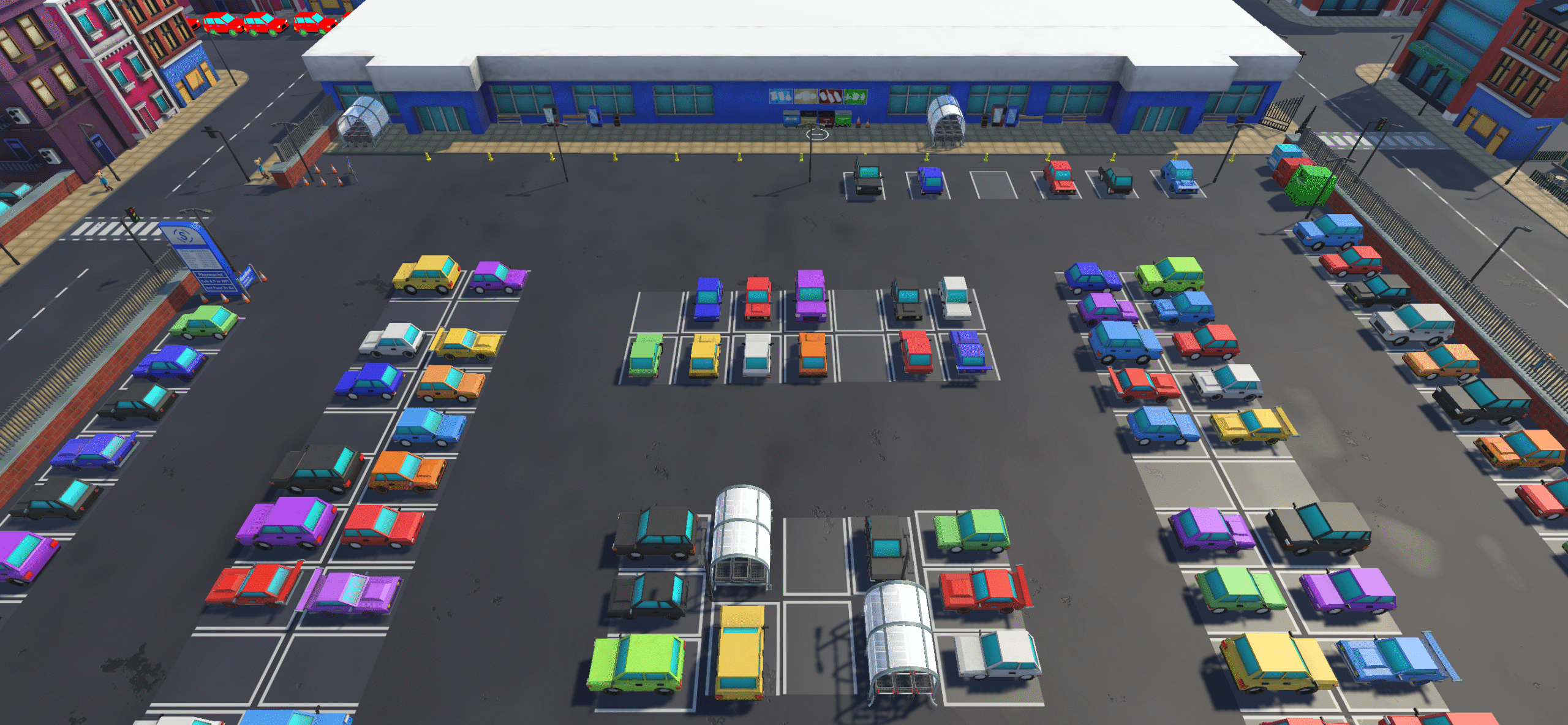
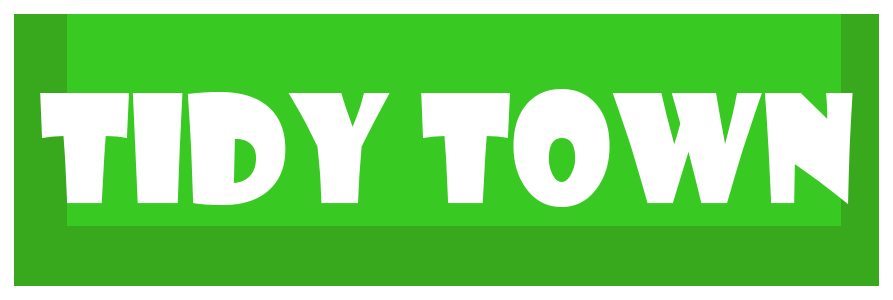
THE CLIENT'S NEEDS
The client, PAOW, is working towards cleaner streets in our communities by encouraging local business owners to clean the area surrounding their stores. In return, PAOW promises to promote the businesses and provide the equipment necessary to ensure safe and hygienic waste removal. The client requested a product that would reflect their message and provide a way to spread awareness of environmental impacts to local business owners and customers, while promoting the use of safe PPE and encouraging people to actively clean litter – if it is safe to do so. The client wanted a game – something available to everyone, easy to understand and fun while spreading the clients message. The client requested features that reflected their aims for the project and incentivised pro-environment action – such as litter picking and recycling. Some of the features the client requested were unrealistic given the scope of the project. For example, the implementation of hypodermic needles and the appropriate PPE to deal with the risks associated with bio-hazardous materials. Although the idea itself and the message associated is important, the project scope itself would have to change to accommodate the changes. To combat this, we decided to remove bio-hazardous materials, and give the player character a set of rubber gloves by default, highlighting the use of appropriate PPE.
SCOPE AND LIMITATIONS
Scope, in games development, is the term used to define a project’s size, budget and complexity. Establishing the size of the project beforehand is crucial – otherwise cost, scheduling and staffing the project becomes an impossibility.
The development team had 7 weeks to prototype, develop and provide a functioning product, so establishing the scope of the product beforehand was crucial. Ultimately, the team decided to develop multiple prototypes during the first week based on the limited time and resources available. This is called parallel prototyping and provides an accelerated understanding of underlying principles, improves collaboration and design performance, and allows for more idea generation.
Within the client brief, the client was very specific with the target platform of the product being mobile devices. Ultimately, this places plenty of restrictions on the development process, and requires a lot of graphical and software optimisations to allow for a smooth and repeatable experience across a range of devices. As a result, the team decided to use scheduled testing across a range of devices available to the team. This allowed for quick feedback with regard to playability and functionality, especially on smaller or slower devices. The team developed regular builds for both iOS and Android to ensure consistent testing and product feedback.
WORKLOAD WEIGHTING
PROGRAMMING
ART & MODELLING
DESIGN
TEAM MANAGEMENT
MANAGING A TEAM
The development team for Tidy Town consisted of fourteen members – five programmers, four designers and five artists. Appropriately managing tasks across fourteen people is an arduous task in and of itself – as a result, it quickly became evident that more appropriate management was important to implement. For the prototyping stage, the team split into four teams of three, each focusing on their own prototype idea. Each team contained one designer, one artist and one programmer at least. After the first week, the team came back together and chose the prototype that showed the most potential, and the team decided on individual department heads to better manage tasks between departments. From week 2, the project was led by Ben King, with myself, Sam Allen and Courtney Barnard taking the technical lead, design lead and art lead roles respectively.
PROJECT MANAGEMENT and HEIRARCHY
Originally, the team assigned leadership based on confidence and experience. Whoever was the most prepared to take on the extra work took the leadership roles, with no objection to change later down the line. Once the team fell into place, the project lead, Ben King, set up a Trello board to manage weekly sprints. Trello allows all of the members of the team to update their task progress with all other members of the team; in real time with handy tools, such as labels, checklists and comments.
Figure 1, shown to the right, highlights the responsibilities of each role within the team. The project lead, technical lead, design lead and art lead are responsible for maintaining and managing the Trello boards, their respective tasks and the relevant team members associated with those tasks. This allows for more consistency between sprints, and therefore more efficient work and feedback management.
When managing a project between 14 people, it became unrealistic to use the version control systems pre-built into Unity – the cost of a teams license for the one and a half months wasn’t viable given the alternatives available. Knowing this, I set up a GitHub repository; GitHub has an educational program which gives users GitHub Pro for free, as well as an abundance of free resources and software licenses to help with STEM education – this made it an easy choice for version controlling.

Figure 1: Hierarchy of development team visualised.
DESIGN AND GENRE
Trying to design and develop a product in line with the clients views and needs presented some difficulties. The clients aims are primarily directed at business owners, yet how many business owners play games? Statistically, (in the US) less than 30% of generation z (11-26) through to the silent generation (78+) actually play video games regularly. A design choice had to be made to accommodate the clients needs and yet still manage to engage with an audience. As a result, we decided to create a game where you play as a business owner cleaning their environment.
Through the prototyping stage, we developed three or four prototype games which focused on different game genres with the same message. After presenting our prototypes to the rest of the team after the first week, we decided to move forward with an AI-driven car park clean up game – in which the player would collect litter from around their property and deposit it into the appropriate bins for points. This design fits well with PAOW’s message and needs, with a focus on litter picking and recycling. As a result, I believe the design and genre of the game is very appropriate for the client.
